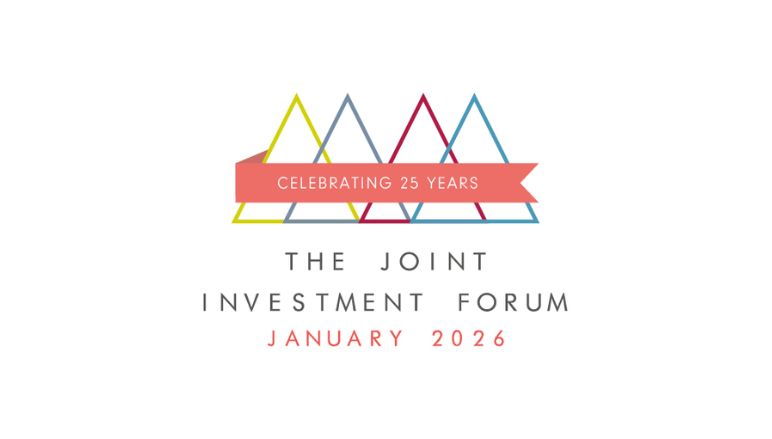All eyes are on central banks. Will the US follow the UK and Europe in September.
- The Federal Reserve has hinted that a rate cut could happen in September
- In the UK, retail sales, food prices and jobs data made a rate cut a near-inevitability
- The ECB is expected to make two further rate cuts by the end of the year
Investor focus has returned to interest rates. The Bank of England has finally bitten the bullet – reducing rates by 0.25% to 5%. The decision appears to have been on a knife-edge, but will come as a welcome relief to mortgage holders and markets alike.
That leaves the Federal Reserve. Despite keeping rates on hold at its latest meeting, it gave its strongest hint yet that a rate cut could happen in September. Certainly, rising unemployment, and a below-consensus CPI reading give the central bank more flexibility. Market excitement is already building.
It faces a different situation to the Bank of England. In the UK, weaker retail sales, food prices and jobs data made a rate cut look less risky. CPI had been back at its 2% target for two months. There was even some suggestion that Taylor Swift’s Eras tour may have flattered the inflation data and inflationary pressure may be even lower than the current figures suggest.
It was a similar picture for the ECB, where there are expectations of two further cuts by the end of the year. Economic data is still relatively sluggish, even though GDP growth is still position. Confidence surveys in particular, suggest that the latter part of 2024 may be tough for European businesses and consumers. Rate cuts would provide a boost.
For the Federal Reserve, inflation is still marginally higher than it would like, even though the employment data – long a barrier to rate cuts – has started to weaken. The main risk to a cut in September may ultimately be the oil price. Tensions in the Middle East continue to ratchet higher and could impact the supply of oil. For the time being, however, the oil price is stable, and has been in a relatively narrow trading range for much of the year.
The other problem is that markets may already have got ahead of themselves. Markets are pricing in 70bps of cuts this year from the Fed, and another 111bps in 2025, according to Ray Sharma-Ong, head of multi-asset investment solutions at abrdn. He adds: “This implies that markets expect the Fed to cut at every meeting this year”. This happened in December. Bond yields dropped in response to the Federal Reserve’s ‘dot plot’, creating de faqto monetary easing, raising inflationary pressures and ensuring that a rate cut didn’t actually materialise. There prompts the question over whether it will prove better to travel than to arrive.
Nevertheless, it is a hopeful moment. Investors have been waiting eagerly for a shift in rate policy and the shift from the Bank of England is welcome. If the Federal Reserve follows suit, there may be a collective sigh of relief that the cycle has finally started to turn.


















